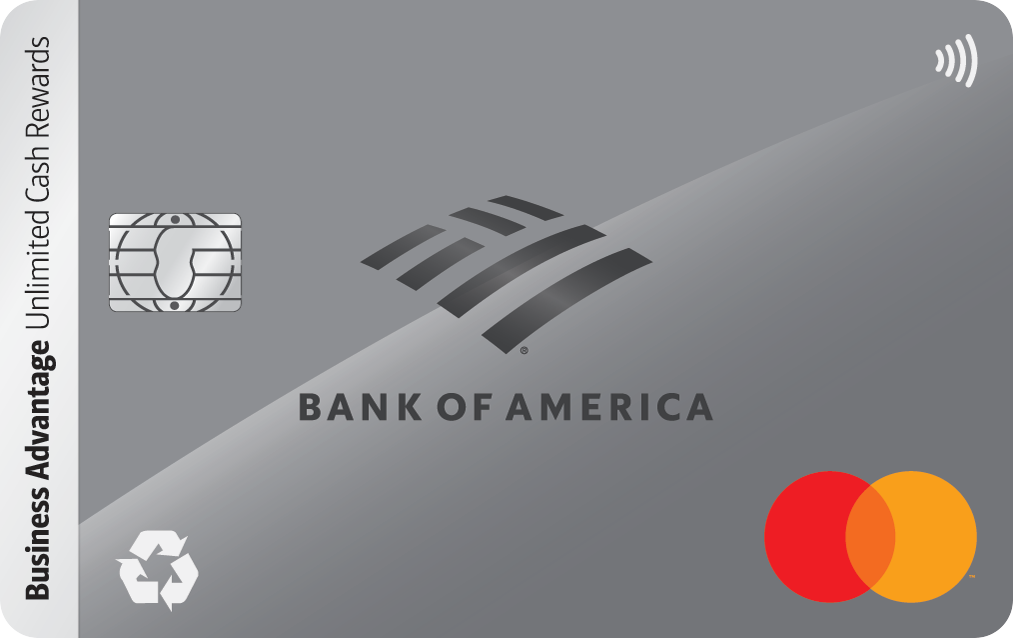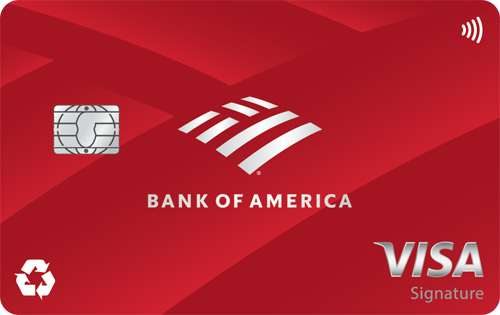Why Cardano Jumped 30% This Past Week. Should You Buy?
KEY POINTS
- Over the past week, Cardano saw its price pop more than 30% according to CoinMarketCap.com, while other top cryptos increased only a few percent.
- Last week the organization called IOHK, which is the developer group building the Cardano blockchain, announced the project has moved into the "Basho Phase" -- which is stage three out of five of its development roadmap.
- Once all upgrades from this latest stage are complete, programmers promise that Cardano will see huge gains working across other blockchains and the number of transactions it can handle per second.
A possible price driver could be the new development phase Cardano just entered, which will significantly upgrade the coin once fully deployed.
The past few weeks have been fairly "ho-hum" within the cryptocurrency space with pricing for most of the top-10 projects trading sideways or blipping up a percentage point or two. Not so for Cardano (ADA), which saw its price spike more than 30% to as high as $1.62 this past Monday. It was trading as low as $1.11 last Monday, Jan.10. So what gives?
What is Cardano?
Cardano is the widely heralded alternative to the second most popular coin by market cap -- Ethereum -- because ADA is building its smart contract crypto network to outperform what's available currently. Smart contracts are mini software programs that developers are creating to automate and securely execute a range of blockchain-based services. For example, within decentralized finance, smart contracts automatically authorize and manage lending, borrowing, asset trading, and interest earning offerings.
Cardano programmers are continuing to upgrade and work through their project's five phases of development. They announced last week that they were entering the third phase, which was likely the main push behind ADA's 30% price pump since last Monday.
Cardano has entered its latest development stage
Cardano's third phase of its development roadmap is called "Basho," and it promises to deliver some significant upgrades to the ADA network including scalability and the ability to work across different blockchains as well as its own.
Specific to scalability, once Basho is fully deployed Cardano will be able to handle millions of crypto transactions per second. Right now, Solana is one of the leading blockchain networks but can only scale up to handle 50,000 transactions per second (TPS). Once Ethereum finishes its ETH2.0 upgrades it will still only clock about 100,000 TPS -- advantage Cardano.
The other significant upgrade for Cardano will be its interoperability across other blockchains. When Basho is fully rolled out, Cardano will be able to communicate with other blockchains and seamlessly move digital assets, NFTs, smart contracts, and more back and forth across networks. Most blockchains require clunky "bridge" patches to move transactions across different networks. Again, advantage Cardano.
Lastly there are a handful of additional Basho upgrades that will make Cardano transactions faster, cheaper, and more secure than other blockchains. Say it with me, advantage Cardano.
Should you buy?
Given this potential upside, it's not a huge surprise to see some investors jump into the project in classic "buy the rumor, sell the news" fashion and move the price double digits in the short run.
However, according to CoinMarketCap, Cardano has retraced 4.5% over the past 24 hours, which might be an attractive entry point. Especially when you consider that its $46 billion market cap could easily grow seven times and still be valued lower than Ethereum in the long run. Regardless, this is all opinion and speculation and is not a substitute for doing your own research. However, it might be a good idea to keep an eye on Cardano.
Our Research Expert




